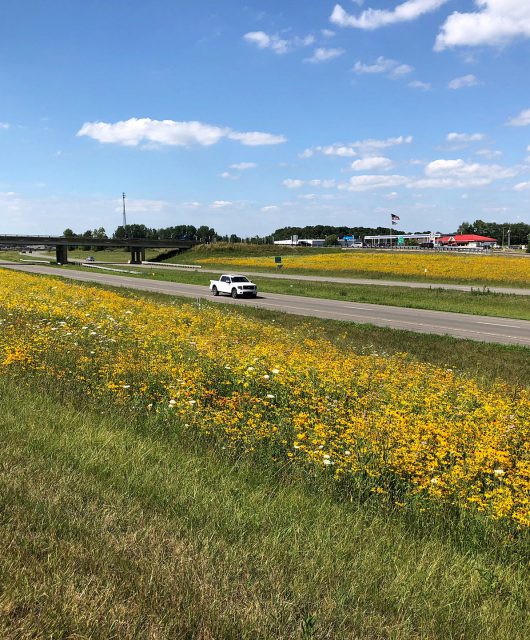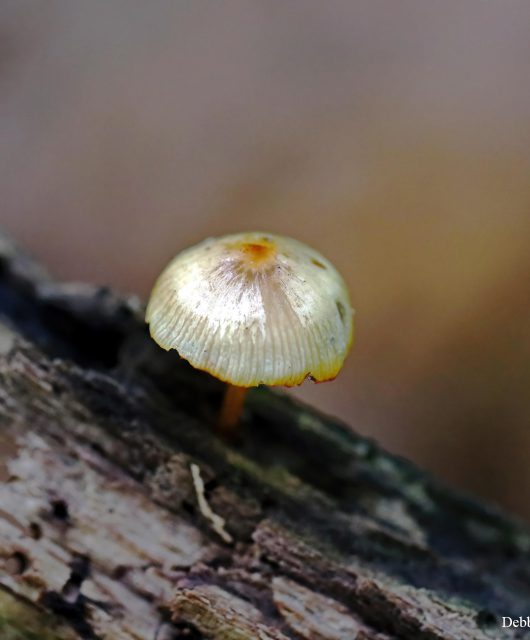This could equally be called “How To Compost When You Can’t”, which is the situation I’m in right now.
I’ve been fortunate to have often lived somewhere with a garden. As I’m from British stock, by “garden” I mean what many would call a yard. So I’ve been able to enjoy garden beds, trees and shrubs outside my front and back door, as well as having space for a good old composter or two.
Sometimes they were the plastic kind you buy from a store or municipality and sometimes they were simply a pile tucked out back. When I was living in apartments, however, I got into vermicomposting. This handy method employs the services of Red Wiggler worms to eat kitchen waste, turning it into compost that is so nourishing that it is even known to restore sick plants. It could be a fiddle at times, but systems have drastically improved since then and it’s a terrific way to keep organic materials out of our landfills.
Landfills are extremely expensive to create and natural habitat like woodlands are typically cleared in the process. Landfills can also create a toxic compound called leachate which can leak into surface water like lakes and rivers as well as ground water. Putting organic materials like food waste in landfills exacerbates this problem. So, there are so many reasons why it is important to keep our organic materials out of our landfills. Plus, they are a valuable resource with the potential to be transformed into ‘gardener’s gold’ through the natural cycles of decomposition.
I’m currently living in a spot where it’s impossible to compost in my garden but I don’t fancy a worm bin right now, even though they are even easier to use than the model I had in my early years. Of course, I’m grateful that I can take my garden ‘waste’ to the municipal depot for composting but as to my kitchen scraps, what’s a planet-conscious girl to do? I discovered a few options available to folks like me. Perhaps one of them can help you.
Option 1
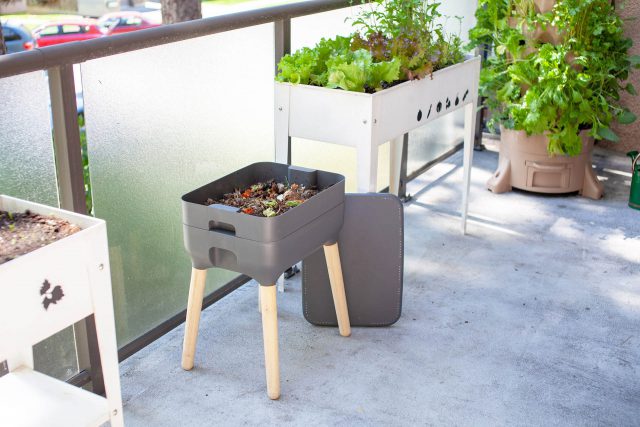
There are indoor composting-type systems, like vermicomposting mentioned above. There are also automated countertop units that will either dehydrate and grind or ferment food scraps. This does not produce compost, however, as it does not support microorganisms which are critical for plant health, but it will minimize your waste. If this appeals to you, keep in mind that there are different sizes and a purchase cost involved as well as using counter space and electricity to run it.
Option 2
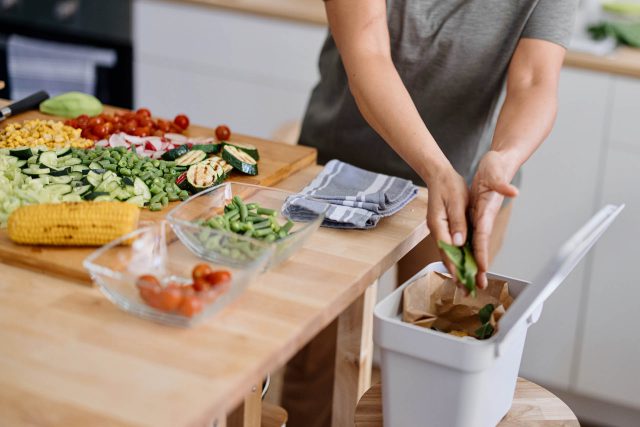
Take your scraps to work, if they are on a green bin system and don’t mind additions from staff. This can work well if you only bring in freshly cut apple cores and dry garlic skin, for instance but when scraps get smellier, however, from sitting around or just by their nature (like eggs!), then it doesn’t work so well.
Option 3
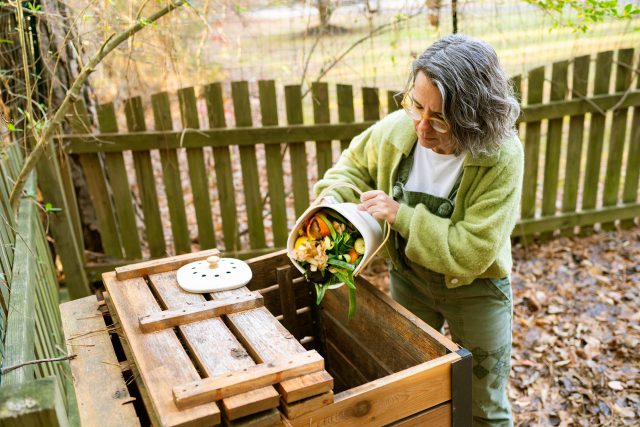
Another option involves a next-door neighbour that is willing to take one’s kitchen waste. This would be good except my next door neighbours don’t compost and many just don’t have enough space for composters that can accommodate another household. But I know someone who does this and it works just fine.
Option 4
Some people are starting up composting services. For instance, in my area, a community conscious fellow had the brilliant idea to create Just Good Compost. For a very small fee you are given a bucket to fill and a week later it’s picked up with a clean one left in its stead. If you have this option in your area it could be a great way to keep your kitchen scraps out of the landfill. You may even be able to help yourself to some of the compost that results.
Option 5
I recently discovered ShareWaste, an online method of connecting people who are willing to accept kitchen scraps in their composter with those who need somewhere to take their compostables. In my case I met Barbara Purdy at a local Environmental Advisory Committee event and in chatting, the topic of composting came up. I explained that I was waiting for Just Good Compost to expand into my area, which could take several more months. Barbara told me about ShareWaste. Started by a married couple from the Czech Republic that now call Australia home, ShareWaste helps match people like Barbara and her husband Greg who are willing and able to take extra kitchen waste and people like me, who currently aren’t able to have a composter at home. By going to their website (or downloading the app) you can look up your area and find locals that are registered and see what they accept or don’t accept in their pile. You then contact them and make arrangements from there.
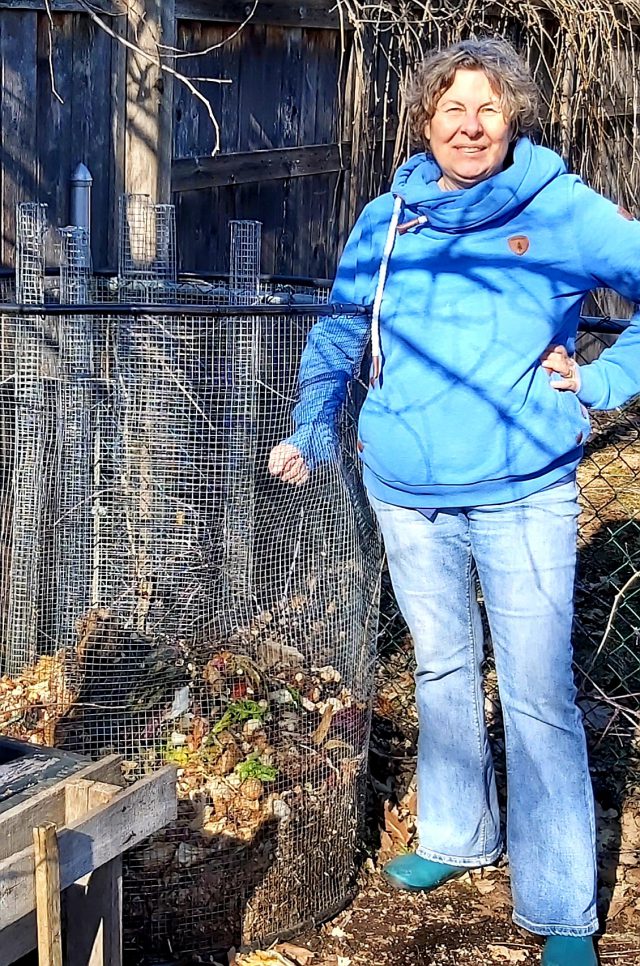
Barbara learned about ShareWaste through one of our local community groups, Climate Network Lanark. In asking what inspired her to join it, she shares “I love the compost for my extensive vegetable and perennial gardens, and am really conscious of the carbon issues facing us. Our community does not have a composting program as yet, so this was my motivation. It’s a win-win-win for all, I think.”
She has a few people signed up for it and a few neighbors that contribute. She adds “We need more people locally doing this.”
I still tuck some of my kitchen scraps under a layer of earth in my garden beds, such as the remnants from my tea pot where the tea in question typically came from my garden anyhow! But I am so grateful to have a place to easily take all the other precious scraps just waiting to be transformed into ‘gardener’s gold’.

